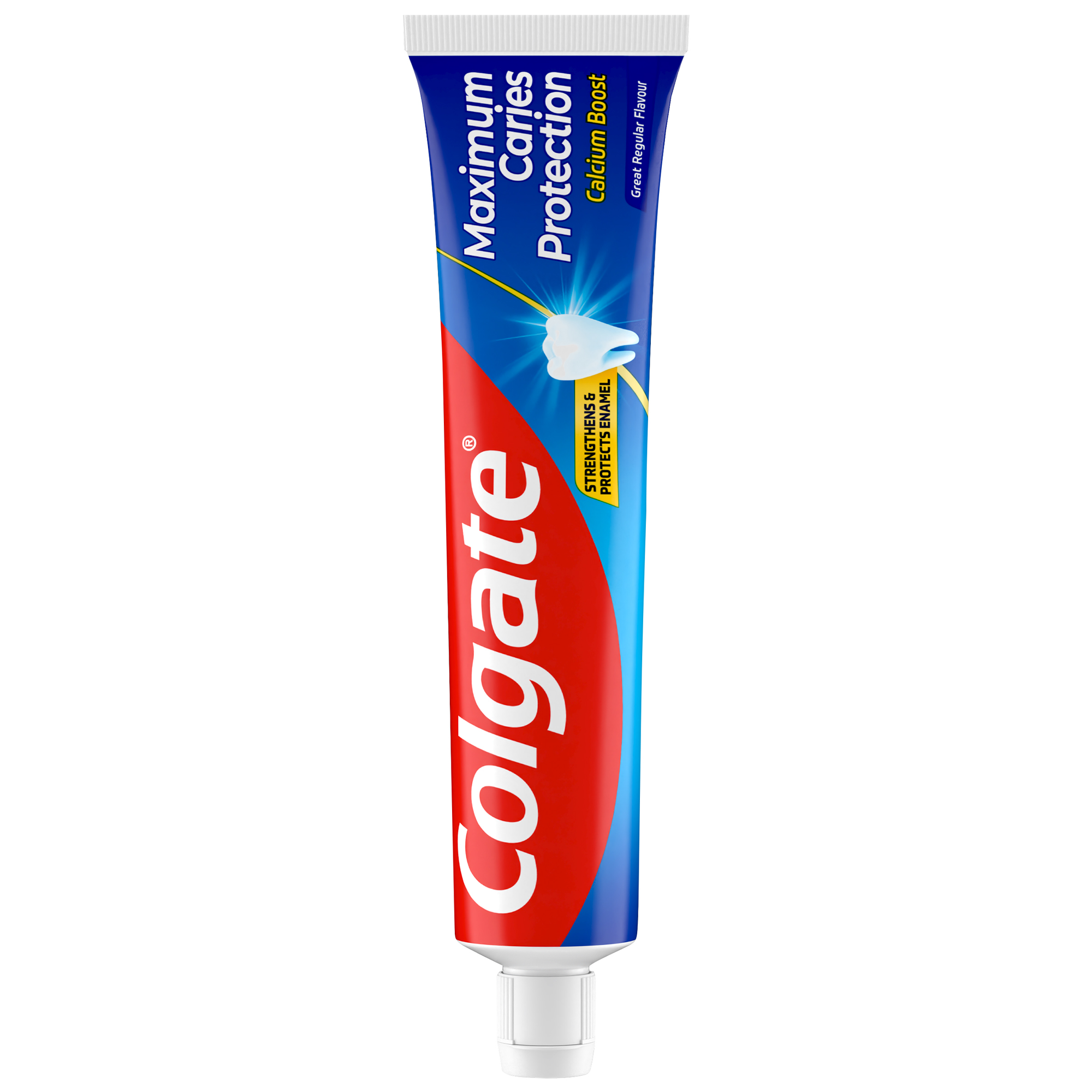L'età giusta
Generalmente, come ricorda Sorridiamo, è possibile intervenire per raddrizzare la dentatura con un apparecchio fisso a partire dagli 11-12 anni, quando i bambini hanno ormai perso tutti i denti da latte e sono erotti i primi molari. Secondo quanto riporta l'Associazione Specialisti Italiani Ortodonzia (ASIO), l'età giusta per recarsi alla prima visita ortodontica sarebbe tra i 4 e i 7 anni. Tuttavia, occorre ricordare che indossare l'apparecchio troppo presto potrebbe prolungare oltremisura il trattamento nel tempo e avere un costo chiaramente più elevato.
Se durante la visita di controllo l'ortodontista rileva una malocclusione o un affollamento dentale, potrebbe ricorrere alla cosiddetta terapia intercettiva per evitare l'insorgenza di ulteriori problemi o il peggioramento della condizione. In particolare, potrebbe proporre un espansore palatale o altri dispositivi in grado di favorire l'eruzione dei denti permanenti nella corretta posizione. Al termine del consulto, potrebbe anche suggerire di cambiare determinate abitudini del bambino, come quella di succhiarsi il pollice, per evitare eventuali danni al cavo orale.
Tipi di apparecchi
La scelta dell'apparecchio ortodontico dipende dal problema riscontrato. Il mercato offre diverse tipologie:
- Apparecchi tradizionali di metallo: il filo metallico che attraversa le piastrine è fissato mediante legature di metallo.
- Apparecchi autoleganti: le piastrine mantengono in posizione il filo metallico, senza legature.
- Apparecchi invisibili o altri apparecchi mobili: si applicano sui denti dei bambini come se fossero delle normali protezioni dentali.
Oltre ai dispositivi classici, come l'espansore palatale, l'ortodontista potrebbe consigliare di correggere i problemi di malocclusione del bambino abbinando l'apparecchio dentale a una maschera facciale o all'apparecchio di Herbst oppure ancora al sistema Forsus.
Quanto può costare un apparecchio per i denti?
Il costo di un apparecchio ortodontico dipende sostanzialmente dalla durata dell'intero trattamento. Secondo Altroconsumo, il costo medio di un apparecchio può variare da 2.500 euro circa a 5.000 euro, con punte fino a 7.000 euro. Le ragioni possono essere diverse:
Nel caso degli apparecchi tradizionali, il costo finale dipende dalla somma richiesta dal dentista per il trattamento ortodontico previsto e include le visite di controllo necessarie durante l'intero periodo di correzione della posizione dei denti (da uno a tre anni).
Gli apparecchi autoleganti, invece, sono solitamente più costosi all'inizio del trattamento, ma poi, la natura stessa del dispositivo riduce notevolmente il numero di appuntamenti dal dentista.
Per quanto riguarda i modelli invisibili, infine, il bambino riceverà un certo numero di allineatori da usare secondo un ordine preciso e da sostituire ogni due settimane circa. Il costo, pertanto, dipende dal numero di allineatori necessari per ottenere il risultato desiderato.
Qualora sia necessario procedere a un'estrazione chirurgica o ricorrere ad altri dispositivi, il costo totale sarà ovviamente più elevato.
Un altro fattore che può influire sul costo del trattamento è la capacità del bambino di rispettare le indicazioni dell'ortodontista, per evitare riparazioni e sostituzioni. Al fine di prevenire l'insorgenza di carie, si raccomanda poi di usare prodotti specifici per bambini, come i dentifrici al fluoro al gusto di frutta.
Modalità di pagamento
Alcuni dentisti, in assenza di polizze assicurative, offrono la possibilità di effettuare il pagamento senza acconti iniziali e con rateizzazioni a tassi agevolati. In presenza di una copertura assicurativa, invece, è possibile richiedere il rimborso di una parte dei costi, soprattutto quelli relativi alle visite di controllo. In altri casi, infine, è possibile usufruire di specifiche convenzioni con fondi assistenziali e/o sanitari. Se poi si procede al pagamento anticipato di una parte o dell'intero importo, senza ricorrere ad aiuti finanziari, il dentista potrebbe decidere di applicare degli sconti.
In conclusione, l'importante non è tanto chiedersi quanto può costare l'apparecchio per i denti dei propri figli, ma piuttosto quali sono il dispositivo più adatto e il momento migliore per intervenire.
QUIZ SULLA SALUTE ORALE
Cosa c’è dietro il tuo sorriso?
Completa il nostro test sulla salute orale e migliora la tua routine quotidiana
QUIZ SULLA SALUTE ORALE
Cosa c’è dietro il tuo sorriso?
Completa il nostro test sulla salute orale e migliora la tua routine quotidiana











